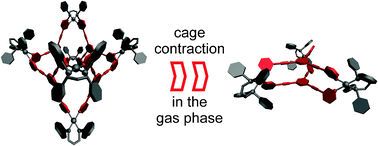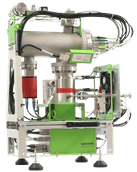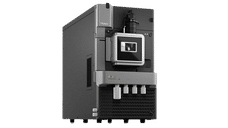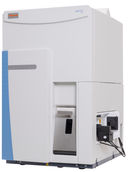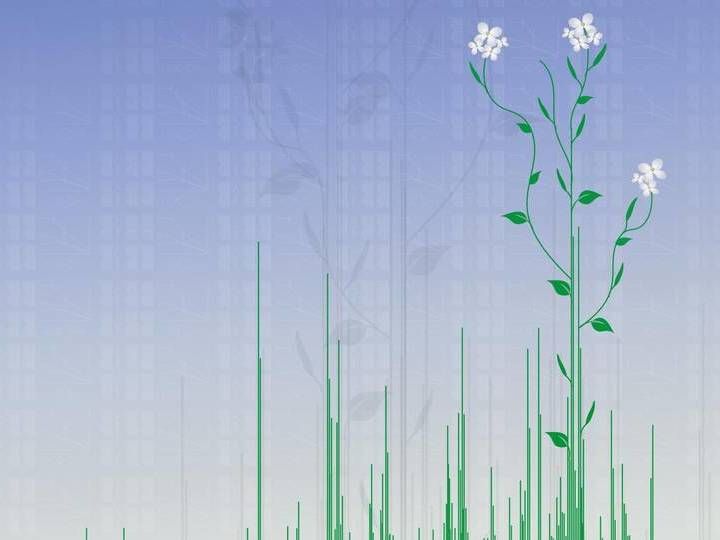New Online Analysis Optimizes Drying Processes in the Pharmaceutical Industry
drying processes are an important part of the production of intermediate and end products in the pharmaceutical industry. In addition to the determination of a suitable temperature and pressure, the automatic recognition of the production end point is a crucial factor when optimizing processes.
Through the use of online analysis with a mass spectrometer (MS), the end point of the drying process can be determined and documented with precision and without the need for costly and time-consuming manual sampling. In the USA, for example, the FDA's (Food and Drug Administration) PAT initiative calls for the closest possible supervision and coordination of the entire production process in the manufacture of pharmaceutical products. The implementation of this model can be of great significance for the international pharmaceutical industry.
The end of the drying process is reached at different times depending on the method of drying and the size and character of the batch. As a rule the end point is determined by way of manual samplings and off-line so-called loss of drying tests in the laboratory. In contrast, the online analysis using an MS provides an extremely fast and automated solution. The exhaust air, and consequently the drying progress, is constantly monitored and documented. This is possible with an MS both under normal pressure and in the case of vacuum drying at a pressure of 1 to 1200 mbar. The mass spectrometric online analysis can also be used to establish optimal drying temperature and pressure. Process optimisation offers advantages in terms of more efficient use of plants and facilities as well as provides increased consistency in the product quality. Moreover, the resulting savings in time and energy also mean greater cost-effectiveness.
InProcess Instruments have recently published a report , in which they document these applications for their quadrupole mass spectrometers. The report can be downloaded from their internet site.
These products might interest you
See the theme worlds for related content
Topic World Mass Spectrometry
Mass spectrometry enables us to detect and identify molecules and reveal their structure. Whether in chemistry, biochemistry or forensics - mass spectrometry opens up unexpected insights into the composition of our world. Immerse yourself in the fascinating world of mass spectrometry!

Topic World Mass Spectrometry
Mass spectrometry enables us to detect and identify molecules and reveal their structure. Whether in chemistry, biochemistry or forensics - mass spectrometry opens up unexpected insights into the composition of our world. Immerse yourself in the fascinating world of mass spectrometry!
